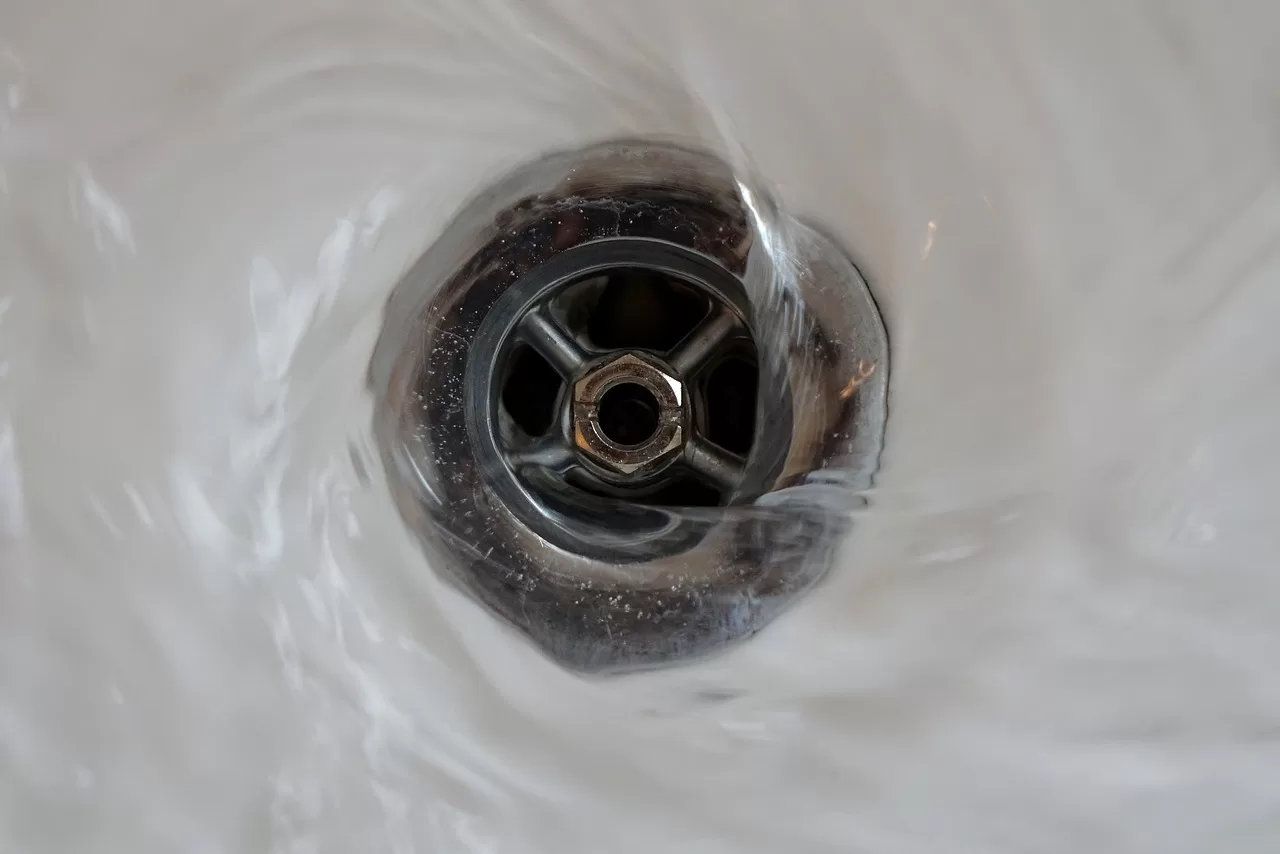A clogged drain can be a frustrating and inconvenient problem to deal with. Whether it’s a kitchen sink, bathroom drain, or shower drain, the buildup of debris and gunk can disrupt your daily routine.
Fortunately, with a little know-how and the right tools, you can tackle drain cleaning yourself. In this step-by-step guide, we will walk you through the process of effectively cleaning cast iron scaling fort lauderdale drains and restoring them to proper functioning.

1. Gather the Necessary Tools
Before you begin the drain cleaning process, it’s important to gather the necessary tools. You will need a pair of rubber gloves, a plunger, a drain snake or auger, a bucket, and a cleaning solution. Make sure you have these tools readily available before you start.
2. Remove Visible Debris
Start by removing any visible debris from the drain opening. This includes hair, food particles, or any other solid materials that may be causing the clog. Use a pair of gloves to protect your hands and carefully pull out as much debris as possible. Dispose of it in a trash bag.
Read Also:
3. Use a Plunger
Next, use a plunger to try and dislodge the clog. Fill the sink or bathtub partially with water to create a seal around the plunger. Position the plunger over the drain and firmly push and pull in a pumping motion. This pressure can help break up the clog and allow it to move through the pipes. Repeat this process several times if necessary.
4. Try a Drain Cleaning Solution
If the plunger doesn’t do the trick, you can try a drain-cleaning solution. There are numerous commercial drain cleaners available in the market but be sure to choose one that is safe for your particular type of drain. Follow the instructions on the product carefully, as these solutions are usually potent and require precautions. Pour the recommended amount of the cleaner into the drain and let it sit for the specified time. Then, flush it out with hot water.
5. Use a Drain Snake or Auger
If the clog persists, it’s time to bring out a drain snake or auger. These tools are designed to break up and remove stubborn clogs deep within the pipes. Insert the snake or auger into the drain opening and rotate it clockwise while applying gentle pressure.
As you push it further, you may encounter resistance. Continue rotating and pushing until the snake or auger breaks through the clog. Once you feel the blockage loosen, pull out the snake or auger, along with any debris it has captured.
6. Flush with Hot Water
After successfully clearing the clog, flush the drain with hot water to wash away any remaining residue and ensure the pipes are clean and clear. The hot water helps dissolve any remaining grease or grime, improving the overall flow of water through the drain.
7. Prevent Future Leaks
To prevent future leaks, it’s important to adopt good drain maintenance practices. Avoid pouring grease, oil, or coffee grounds down the drain. Use drain covers or strainers to catch hair and large particles. Regularly flush the drain with hot water and vinegar to keep it clean and prevent buildup. If you are facing roof leaks as well then Crommelin sealing products can help waterproof any area of your home.
8. Seek Professional Help if Needed
If you have attempted the above steps and still cannot clear the clog, or if you are uncomfortable performing drain cleaning yourself, it’s advisable to seek professional help. A licensed plumber has the expertise and specialized equipment to handle more complex clogs and ensure the proper functioning of your drains.
Conclusion
Dealing with a clogged drain can be a hassle, but with the right tools and a systematic approach, you can effectively clean your drains and restore their optimal functionality. By following this step-by-step guide, you can tackle common clogs and keep your drains running smoothly. Remember to exercise caution, and if the clog persists or you’re uncertain about performing the task yourself, don’t hesitate to call a professional plumber for assistance.









